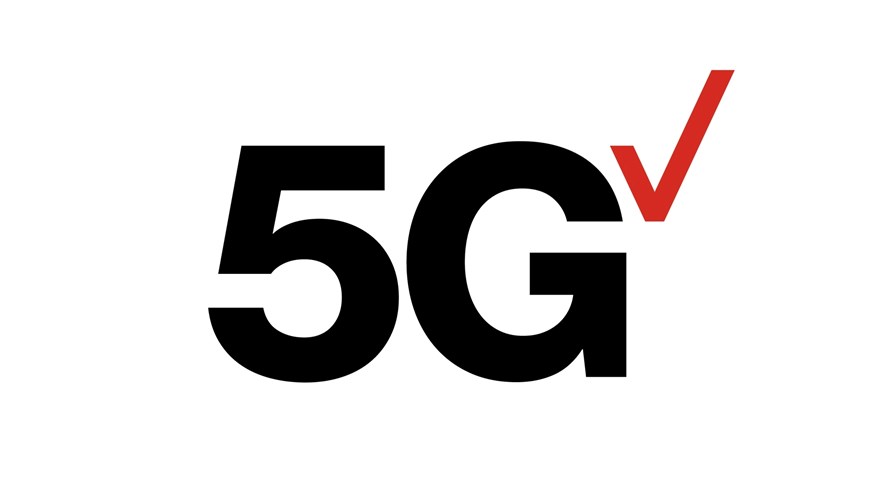
- US operator boasts successful tests
- Touts benefits of cloud native architecture
- Full commercialization of standalone 5G core next year
- Standalone 5G core promises significant advances – but will it deliver?
Verizon says that, following successful trials, it’s ready to start shifting live traffic to its 5G standalone core and expects “full commercialization” of the cloud native platform in 2021.
This is worth noting for a number of reasons.
Standalone 5G core platforms are, in theory, what enable 5G networks to become agile, automated, new service-friendly architectures that can enable services such as network slicing and edge-enabled applications provisioned using dynamic resource allocation capabilities. It’s the super-brain of a 5G network: Updated radio access networks by themselves deliver little more than the potential for faster connectivity.
“The 5G standalone core is critical for unleashing the most advanced benefits of 5G technology including remarkable levels of programmability to manage the advanced solutions and exponential traffic that 5G will bring,” noted Bill Stone, VP of Planning at Verizon in the operator’s official announcement.
Verizon notes specifically that the deployment of a standalone 5G core will enable the management of traffic from massive IoT deployments, and “more complex solutions such as AR/VR and mixed reality that will require massive computing capabilities on the edge of the network.” So now the operator’s customer base will be waiting to be wowed by such service launches next year…
Other benefits cited by Verizon include:
- Real-time resource management of Radio Access Network and virtual network functions
- Advanced analytics of network data to improve network performance
- Optimized services between Verizon's fixed and mobile networks
- Scalable, more cost-efficient architecture
- Ability to move workloads to fit use case requirements
Stone also noted that this is a major step in Verizon’s shift towards becoming a cloud native telco, which (again, in theory) will deliver all sorts of operations efficiencies and gains. “By building this 5G core with cloud-native containerized architecture, we will be able to achieve new levels of operational automation, flexibility and adaptability… This new core’s containerized design is being built using a webscale software architecture based on advanced IP-based technologies.”
Precisely which vendors Verizon has teamed up with to deploy and test its standalone 5G core hasn’t been mentioned, though: The operator has a historical relationship with Nokia for its mobile core technology; but Verizon has been testing cloud native mobile core technology with Ericsson last year (though that was 4G evolved packet core technology, not standalone 5G).
What’s way more important, though, is that Verizon is doing this now and being reasonably bullish and aggressive about its timescales: That suggests it is confident about the processes and skillsets required for cloud native deployments, which are very different from a day-to-day operational sense from legacy platform management. Verizon, though, has often been cited by its peers and by vendors as one of the operators that is more advanced in terms of cloud native skills and containerized applications.
All eyes will be on Verizon now to see how this plays out and how quickly it might get some advanced 5G services to market for its enterprise and consumer customers.
While Verizon might be in the leading pack of operators ready to exploit cloud native standalone 5G core capabilities, it is not alone.
In the UK, Vodafone is trialling a standalone 5G network at Coventry University, while in Australia, Telstra has deployed a standalone 5G core from Ericsson.
The Swedish vendor has also been working with Japan’s KDDI to develop cloud-native CI/CD (Continuous Integration/Continuous Delivery) processes to enable the operator to quickly and efficiently add new features to its core.
Also in Japan, Rakuten Mobile is developing its 5G core with NEC and plans to go live with that in 2021, as well as making the technology available to other operators via its Rakuten Communications Platform.
These are just a few of the examples of operators on the brink of reaching the next, and crucial, stage of their 5G rollouts and no doubt once we get to 2021, commercial 5G standalone core deployments will become the norm: By then, though, let’s hope we know more about whether these cloud native platforms will actually deliver the benefits and new revenue-generating opportunities the operators so badly need.
- Ray Le Maistre, Editorial Director, TelecomTV
Email Newsletters
Sign up to receive TelecomTV's top news and videos, plus exclusive subscriber-only content direct to your inbox.




